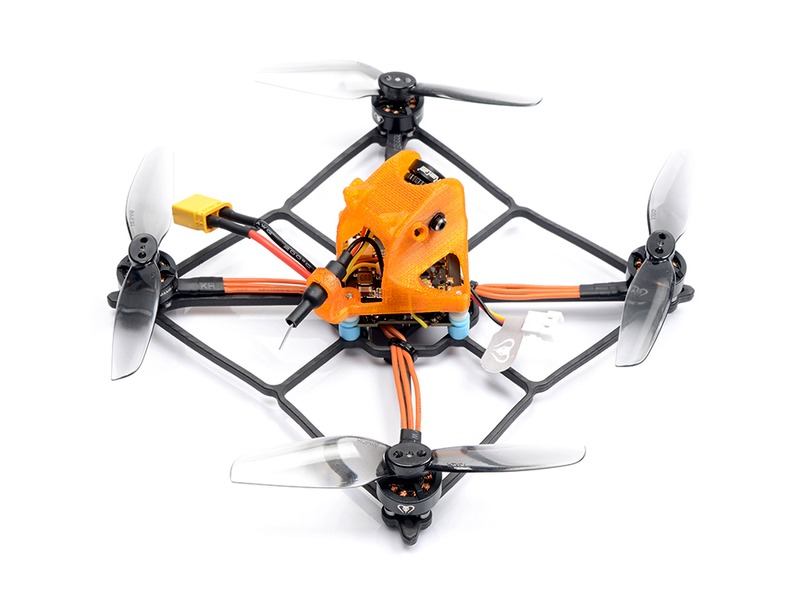Do drones need Internet?

Yes, drones do need the internet to be able to perform their functions. Drones provide various advantages, including being able to capture aerial footage and providing enhanced surveillance, but they also require an internet connection.
The internet connection is necessary for drones for a variety of reasons. First, the drone needs to be able to send and receive data to and from the controller. This data is used to provide the user with real-time feedback, such as the altitude, airspeed and location of the drone, as well as video and images that the drone might be capturing. Without an internet connection, this data cannot be transmitted.
Second, the drone’s navigation system needs access to the internet in order to be able to determine its location. The navigation system relies on GPS satellites, which need to be connected to the internet in order to provide accurate information. Without an internet connection, the navigation system will not be able to accurately determine the drone’s location.
Third, if the drone is used for delivery services or for aerial imagery, the internet connection is necessary for these purposes as well. Drones used for delivery services need access to the internet in order to be able to communicate with the ground station and send information about the package’s current location. Similarly, the drone used for aerial imagery needs access to the internet in order to send the images and videos to the user.
Finally, the internet is also necessary for the drones to be able to interact with other drones. For example, two drones used in the same area can exchange data and send commands to each other. Without the internet, this communication will not be possible.
In conclusion, drones need an internet connection to be able to perform their tasks correctly. An internet connection is necessary for the drone to be able to send and receive data to and from the controller, to determine its location, to be able to communicate with the ground station and other drones, and to be able to send the aerial images and videos to the user. Without an internet connection, drones will be unable to perform their tasks correctly.
Comments / Question
2. User Responsibility: When operating a drone with an internet connection, the user has the responsibility to ensure that it is operated safely and securely, and any data gathered is used responsibly. All appropriate safety measures must be taken to protect people, property and the environment.
3. Liability: If a drone with an internet connection is operated in a negligent or reckless manner, the operator may be held liable for any damages to people or property.
2. Data Leakage: As drones are connected to the Internet, any data collected by the drone could be leaked if not secured properly. This could range from sensitive images or videos to confidential customer information.
3. Malware Attacks: Malware attacks on drones could potentially damage the drone itself, or be used to target other connected devices.
4. Physical Damage: If a hacker gains access to a drone’s systems, they could potentially cause physical damage to the drone.
5. Spoofing Attacks: Hackers could potentially spoof a drone’s GPS signal, causing the drone to fly off course and endangering people and property.

